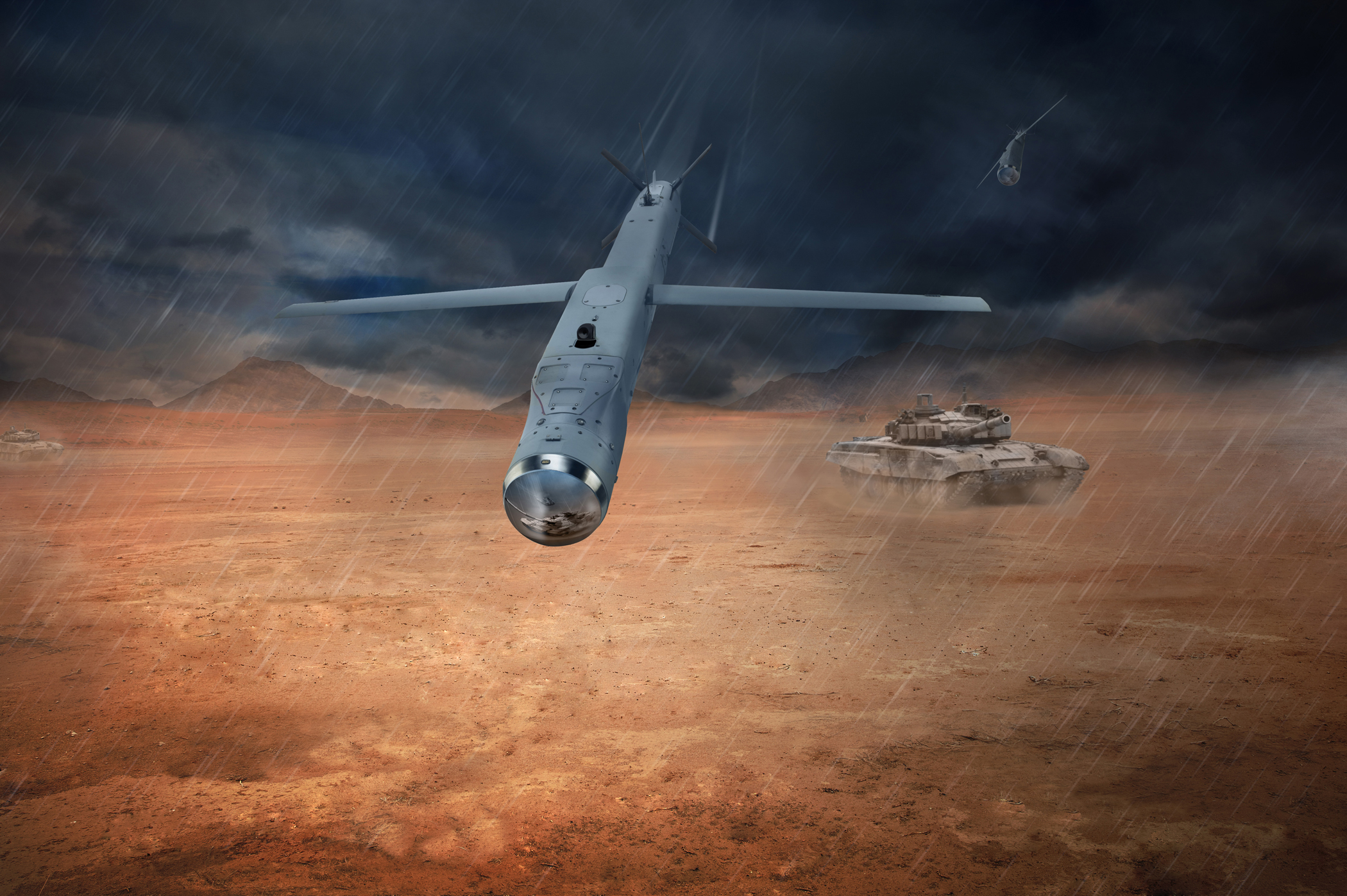The US Air Force (USAF) is expected to declare an initial operating capability (IOC) with the Raytheon Missile Systems GBU-53/B StormBreaker glide munition on the Boeing F-15E Strike Eagle multirole combat aircraft in the first half of this year. The GBU-53/B StormBreaker, previously known as the Small Diameter Bomb II, is an American air-launched, precision-guided glide bomb. Development was started in 2006 for a 250 pounds (113 kg) class bomb that can identify and strike mobile targets from standoff distances in all weather conditions. Its first flight was announced on May 1, 2009. A contract to start low-rate production LRIP was awarded to Raytheon in June 2015.

The StormBreaker RAA is the pre-IOC benchmark capability to arm 12 USAF F-15Es with two, fully-loaded (four weapons) BRU-61/A carriage systems each for 1.5 sorties (144 assets total). Optimised to address moving battlefield targets, StormBreaker is a 250 lb-class, air-launched unpowered glide weapon system furnished with a unique tri-mode seeker, which combines millimetre wave (MMW) radar, imaging infrared (IIR), and semi-active laser (SAL) sensors with a GPS/inertial navigation system (INS) autopilot (the provider for which is undisclosed) for precision accuracy in adverse weather conditions.

Optimised to address moving battlefield targets, StormBreaker is a 250 lb-class, air-launched unpowered glide weapon system furnished with a unique tri-mode seeker, which combines millimetre wave (MMW) radar, imaging infrared (IIR), and semi-active laser (SAL) sensors with a GPS/inertial navigation system (INS) autopilot for precision accuracy in adverse weather conditions. The seeker’s optical dome is protected by a clamshell shroud, which is jettisoned before the seeker is activated. A Rockwell Collins TacNet bi-directional dual-band datalink enables Joint Tactical Information Distribution System (JTIDS) connectivity with aircraft and an ultra-high frequency (UHF) link with a ground designator.

The seeker works in three modes to provide maximum operational flexibility: millimeter wave radar to detect and track targets through weather, imaging infrared for enhanced target discrimination and semi-active laser that enables the weapon to track an airborne laser designator or one on the ground. The weapon can fly more than 45 miles to strike mobile targets, reducing the amount of time that aircrews’ spend in harm’s way. Its small size enables the use of fewer aircraft to take out the same number of targets as previous, larger weapons that required multiple jets. The StormBreaker’s size has broader implications for the warfighter and taxpayers, as it means fewer attacks with less time spent flying dangerous missions.
















